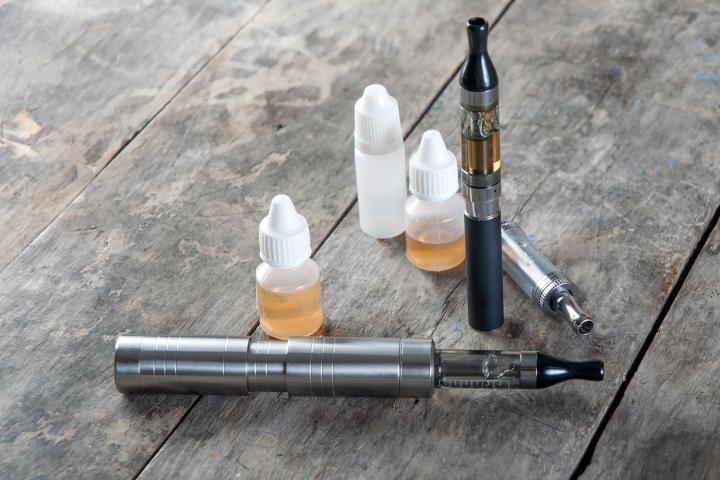
Read The New York Times’ new report, “Selling a Poison by the Barrel: Liquid Nicotine for E-Cigarettes,” and you’ll learn some shocking things about “e-liquid,” the oily stuff used to create the vapor in electronic cigarettes. (Or, as the Times describes it: a “dangerous new form of a powerful stimulant” that’s “for sale by the vial, the gallon and even the barrel.”) For example, did you know that e-liquids “are powerful neurotoxins,” or that a “teaspoon of even highly diluted e-liquid can kill a small child”?
Scary stuff, to be sure. Unfortunately, the Times report sends entirely the wrong message. The problem here isn’t inherent in, or unique to e-liquid or e-cigarettes. The problem is – as is so often the case with avoidable accidents – ignorant, irresponsible people. More importantly, the problem isn’t nearly as widespread as the Times report implies.
Even if the number of e-liquid poisoning cases jumps to 15 times the 2013 level, toothpaste is still the more prevalent poison.
It is the liquid nicotine in e-liquid that, as the Times reports, led to more than 1,300 calls to poison control centers in 2013 – up from 447 in 2012 – with that number expected to double this year, according to the National Poison Data System (NPDS). That figure roughly correlates with the booming e-cigarette industry, which is said to have generated roughly $1.7 billion in sales in 2013, double that of 2012, according to Bloomberg. Of those reported poisonings, some 365 people were sent to the hospital, three times the number hospitalized the year before.
Children are particularly susceptible to nicotine poisoning from e-liquid, the Times speculates, because e-liquid is packaged in “bright colors” and available in “fragrant flavorings like cherry, chocolate and bubble gum.” In other words: E-liquid creators and distributors are doing everything they can to trick kids into drinking poison.

According to the NPDS’s annual report from 2012 (PDF) – the most recent publicly available report – 193,443 poisoning cases involved household cleaning agents, 54,445 involved alcoholic beverages, 11,848 were caused by pens or other ink, and 20,306 were caused by toothpaste.
In other words, even if the number of e-liquid poisoning cases jumps to 15 times the 2013 level, toothpaste is still the more prevalent poison.
“OK,” you might be saying, “but toothpaste still isn’t as dangerous – liquid nicotine can kill people, even in small doses! Toothpaste can’t.” And that’s true. E-liquid is extremely dangerous if ingested or absorbed through the skin. But, despite the scary headline, not a single person has died from accidental liquid nicotine poisoning. No, not even any children. Only one person has knowingly died from liquid nicotine poisoning – and it was “a suicide by an adult,” reports the Times.
Everyone must keep their e-liquid and other e-cigarette supplies safely stowed away.
Now, I believe the Times report is merely trying to inform people that e-liquid is dangerous. That’s great. Everyone – especially people with young children or pets – must keep their e-liquid and other e-cigarette supplies safely stowed away, just as you should keep cleaning products out of reach, and guns locked away in a safe. Fail to do that, and you are creating an unnecessary risk. If you didn’t realize that e-liquid isn’t safe to drink, now you know. Be responsible.
The reason I’m frustrated by this report is that it is demonizing, one-sided, and confusing. It potentially pushes people who might otherwise quit smoking away from an alternative that I know has helped people drop tobacco. And that could be more dangerous than the thing The New York Times aims to prevent.
(Images © librakv and Gianluca Rasile via Shutterstock)
Editors' Recommendations
- Juul patents an A.I. vape to help people quit nicotine
- Juul sold tainted pods to people ‘drunk and vaping like mo-fos,’ lawsuit claims
- Seventh person dies from vaping-related lung disease, health officials say


